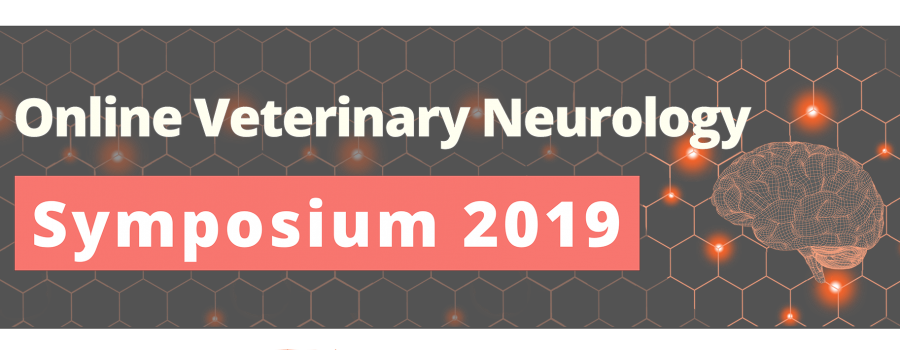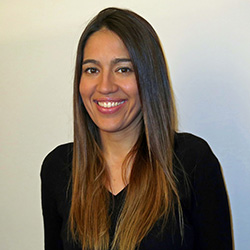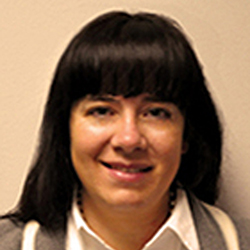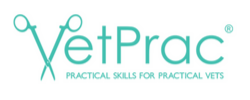Speaker: Professor Holger A. Volk DVM, PGCAP, PhD, DipECVN, FHEA, MRCVS
Topic Description: Have you ever eaten something which made you feel different? And vice versa have you ever been stressed or felt anxious and realised that this did effect your gut function and your appetite on certain type of food? The brain-gut or gut-brain axis describes a bidirectional communication system between the gastrointestinal (GI) tract, the enteric and the central nervous system (CNS). Both systems are connected via the vagal nerve, but also communicate via the substances released into the blood stream. In recent years the microbiota has been shown to be one of the main players which can influence the gut-brain axis, which can be influenced by diet. Metabolites reported to be produced by gut microbiota who cannot only have an effect locally but also in the brain are bile acids metabolites, specific fatty acids, tryptophan pre-cursors and metabolites, serotonin, catecholamines and GABA. Serotonin and GABA are interesting molecules for neurologists which have been associated with effects on the GI tract (Gastric, pancreatic and intestinal secretion, GI motility and tone), Behaviour (visceral pain, emotion, stress response, appetite, addiction, sexuality) and CNS (Motor control, circadian rhythm, cerebellar regulation, body temperature, vascular tone). We will describe in this talk how diets and the interplay of the gut-brain axis can play a role and therefore provide a therapeutic target for conditions such as epilepsy, canine cognitive dysfunction, behaviour changes and canine epileptoid cramping syndrome.














